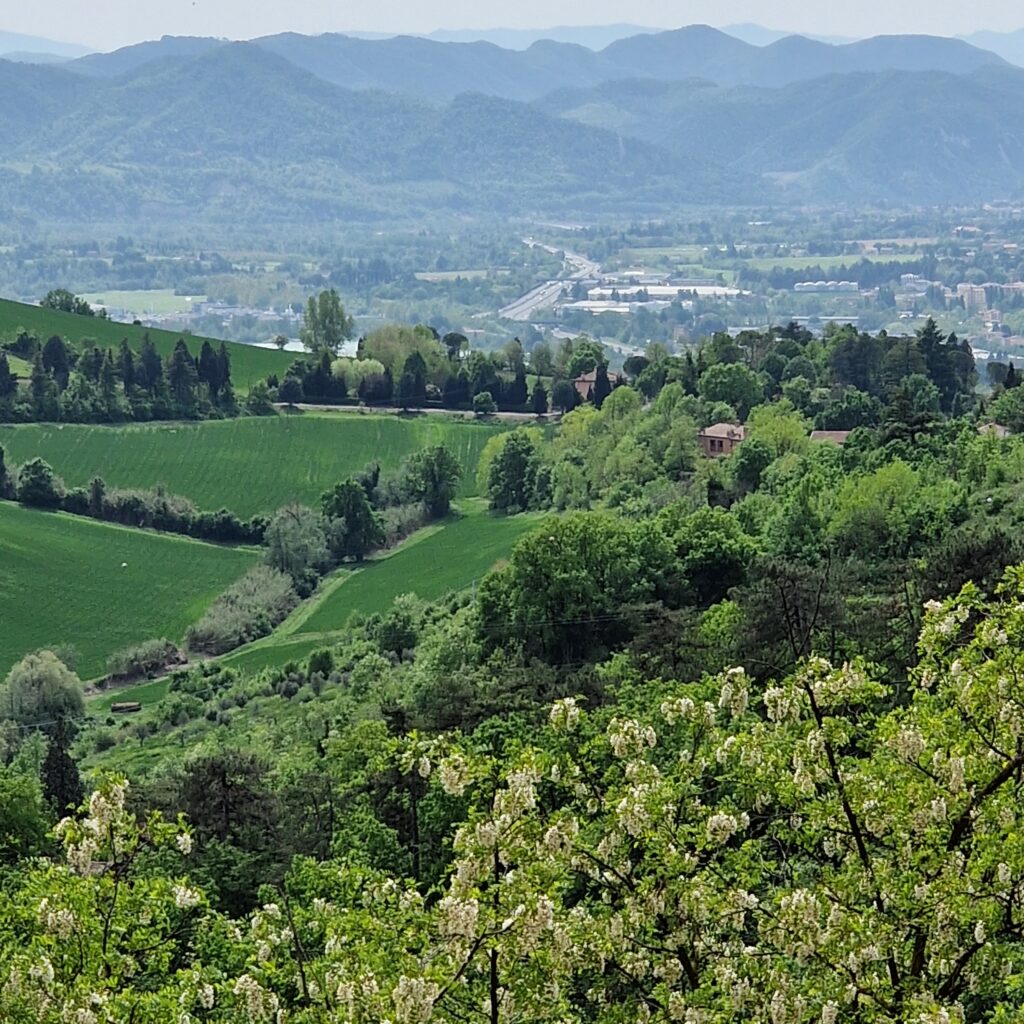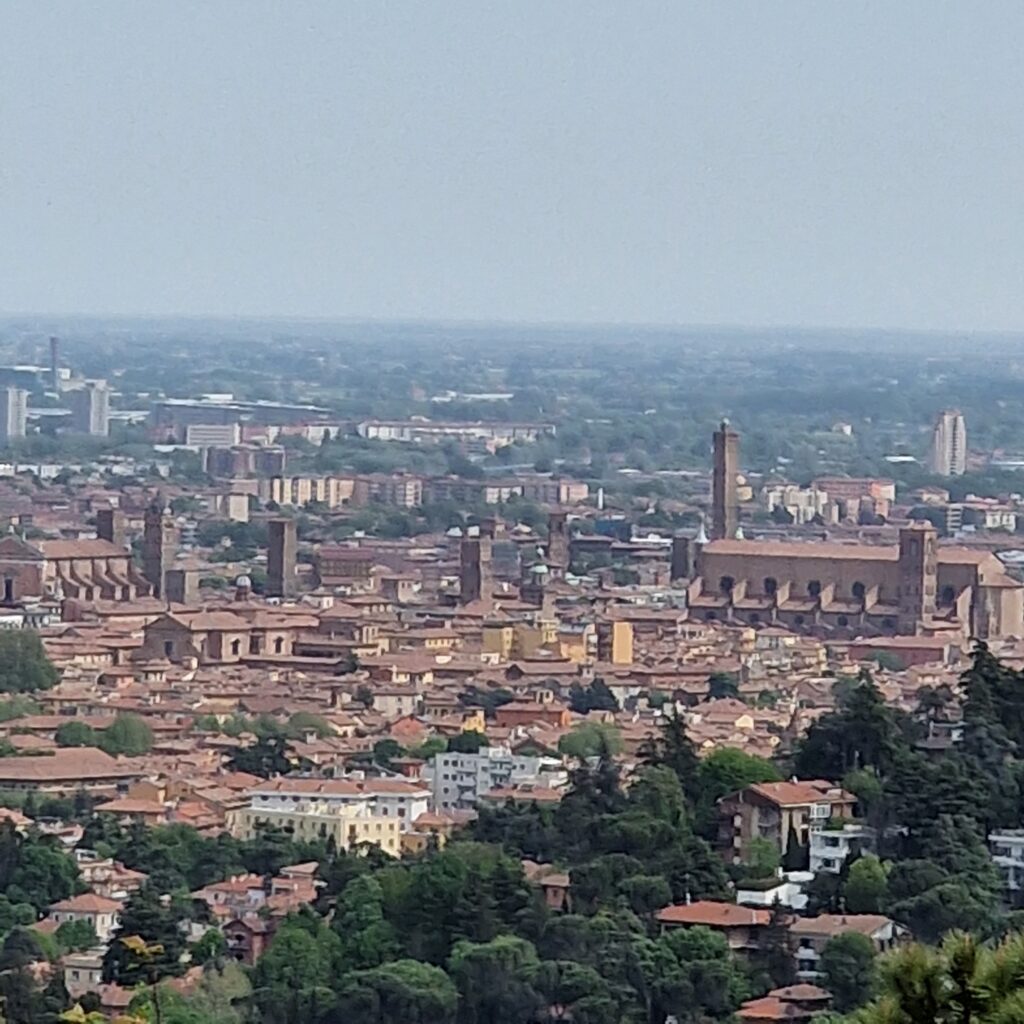Spag Bol and Porticoes
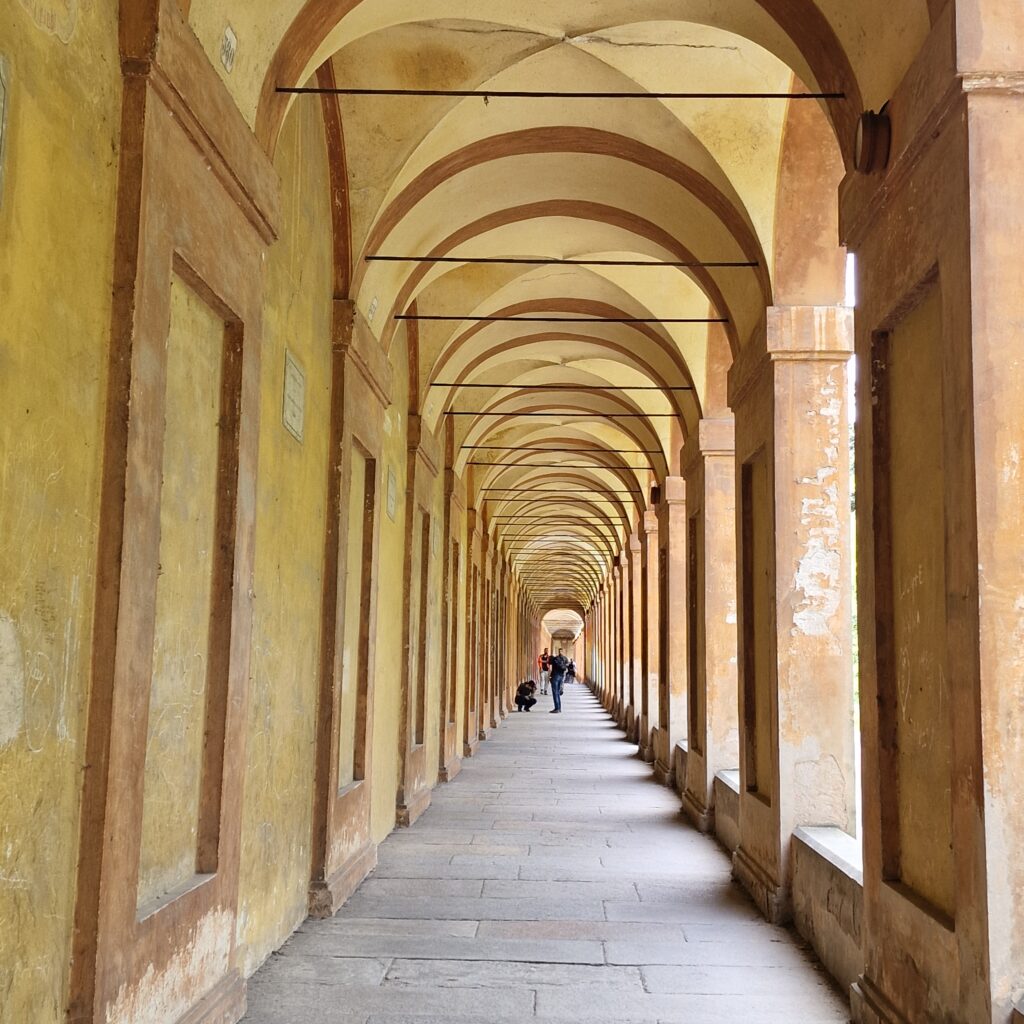
Growing up, in England, in the ’70s and early ’80s the food was bland. boring and beige. Most meals revolved around potatoes in one form or another and any accompanying veg had been boiled for far too long, turning it into a tasteless mush. Although I remember nothing of it (we left when I was about 18 months old) my family had spent several years in Malaysia and so, when we returned to the UK, we did eat quite a bit of rice, but I soon realised we were an outlier, and many people would describe any rice dish that wasn’t Rice Pudding – a creamy, sugar laden, sweet dessert – as “foreign muck.”
Probably because of living overseas, my mum was a bit of an early adopter when it came to new food trends and I reckon in was in the mid-eighties, my early(ish) teenage years, that a new meal came into vogue and made it on to my dinner plate: Spaghetti Bolognese. I loved it. Until I moved to London for university, spaghetti was the only pasta I knew, and bolognese the natural accompaniment for it. Across the country it became affectionately known as Spag Bol. I don’t think the youth of today (and by youth, I probably mean anyone born after 1980!) quite comprehend that pasta was new and novel (and to some, a little bit frightening and threatening) to many of us, and we didn’t encounter it until early adulthood.
So, as soon as we had decided we were going to Bologna, I determined that I must have spaghetti bolognese in its native city. Now, of course, no such dish actually exists outside the UK, but the closet thing on the menu was Tagliatelle Ragu. And with Tiramisu (I was in my twenties when I first encounted this delicious “pudding”) and coffee to finish, it was the perfect meal, in the perfect setting, with the perfect company.
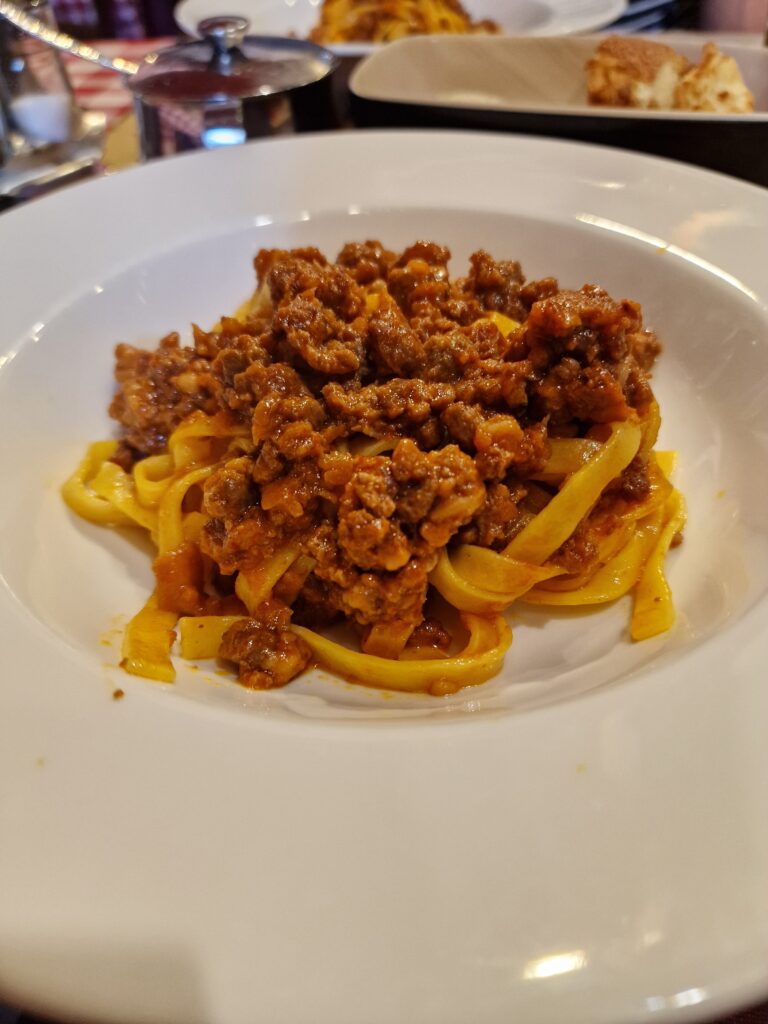
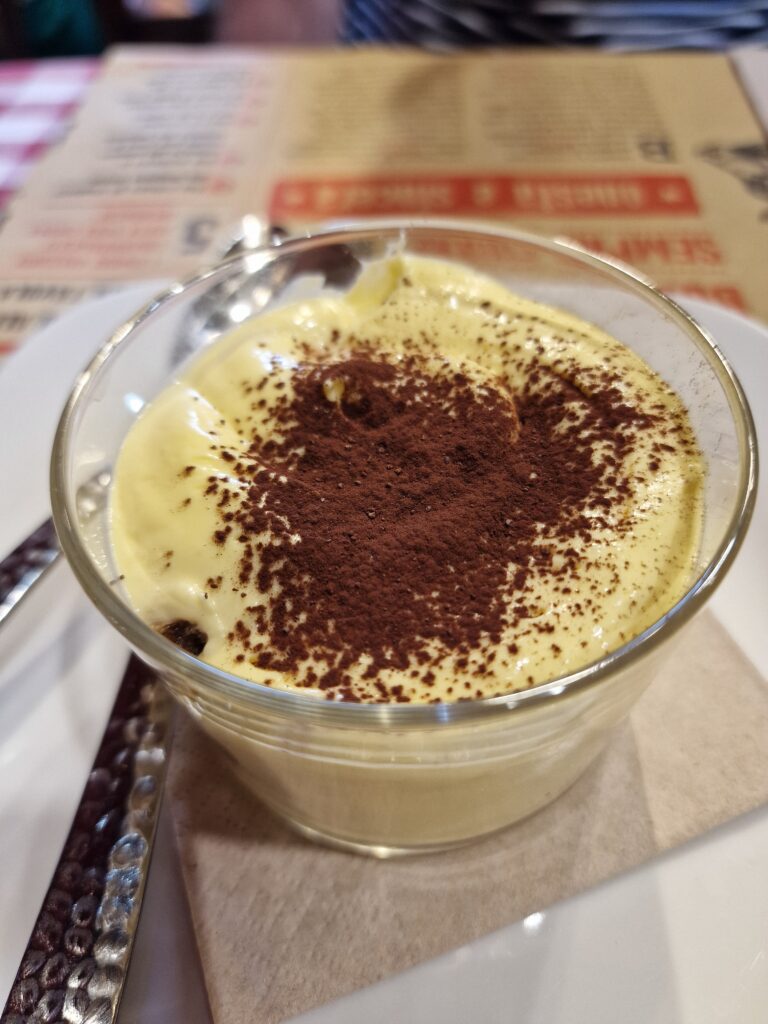
Bologna itself was a beautiful city, I really enjoyed our visit. I was beautiful, but it was a “working” city more than a tourist city, and this gave it a greater sense of authenticity. It has a beautiful square, with beautiful basilica, but it is primarily famous for its porticoes – covered walkways. It has a the largest covered walkway, with 660 porticoes – covered archway, leading to the Santa Maria de san Luca, a church atop a hill just outside the city limits. We didn’t start at the beginning, instead taking the bus to Arc de Meloncello, and began our walk to the top from there, portico number 285. It took about 30-40 minutes to reach the top, but the views along the way, and from atop the hill, were stunning.

